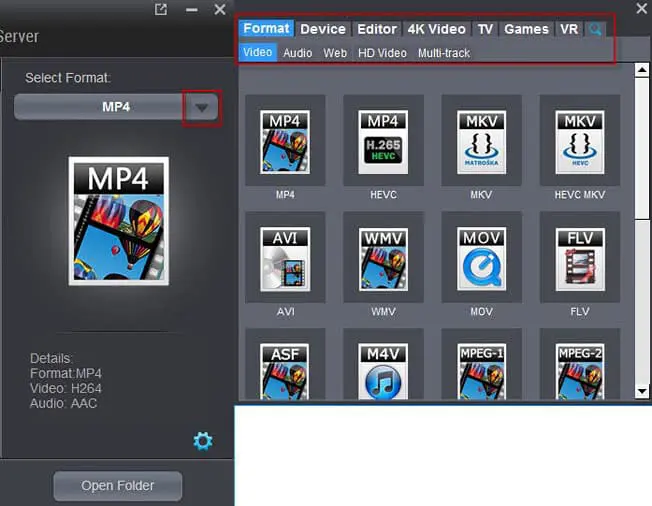All you need to know about Compressing Video Files – words Al Woods
Video compression is frequently misunderstood, and people tend to have a lot of misconceptions about what it is (and isn’t).
On a basic level, compressing video files will make them smaller – but there’s a bit more that you need to know about it than that.
“What is Video Compression?”
Essentially video compression involves packing the video information into a smaller space. Uncompressed videos can be extremely large, and for example a 1080p uncompressed HD video can take up about 10 GB of storage per minute of video. Because of that it is necessary to compress it to a more manageable file size.
The majority of the video files that you are likely to encounter will have been compressed in some fashion. More importantly they would be using ‘lossy’ compression, meaning that information has been removed from the original uncompressed video.
While ‘lossy’ compression may sound bad and people tend to feel it affects the video quality, the fact of the matter is that in most cases the difference is unnoticeable. All the high quality videos that you watch online as well as Blu-ray and DVD videos use ‘lossy’ compression.
The one exception where lossless compression (or uncompressed videos) are used is by filmmakers or professional video editors. Normally they would want a lossless copy of the video that they can edit, but eventually they would encode it into a ‘lossy’ compression as well.
How to Reduce the File Size Using Compression
The main reason why it helps to understand video compression is that you can use it to reduce the file size of your videos. In video files the compression is determined by the video codec, and to reduce the file size you will want to transcode the codec to a newer codec that has a better compression rate.
To do that you will need a video converter that supports a wide range of codecs and will allow you to convert your video from an older codec to a newer one. For example you could use Movavi Video Converter and learn how to convert a DVD to MP4 effectively transcoding the older MPEG-2 codec to the newer H.264 codec in the process, and reducing the video file size.
The exact amount that you’re able to reduce the file size of videos via transcoding will be affected by numerous factors. Chiefly it depends on the difference in the compression rate of the new codec and the original codec, as well as the content of the video.
Make no mistake every new generation of codecs tends to provide significantly better compression – and so the file size reduction can be quite large. We all want to reduce video size without losing quality. For example the newer H.265 codec is able to reduce the file size of videos stored in the H.264 codec by up to 50%, despite the fact that H.264 is just a generation older.
While there are other ways that you can reduce the file size of the video further such as by reducing the bitrate, technically they are not quite the same as compressing the video. In many cases it is best to first see if you can reduce the file size by compressing the video, as it is the option that is the least likely to affect the video quality in the long run.
All you need to know about Compressing Video Files – words Al Woods








